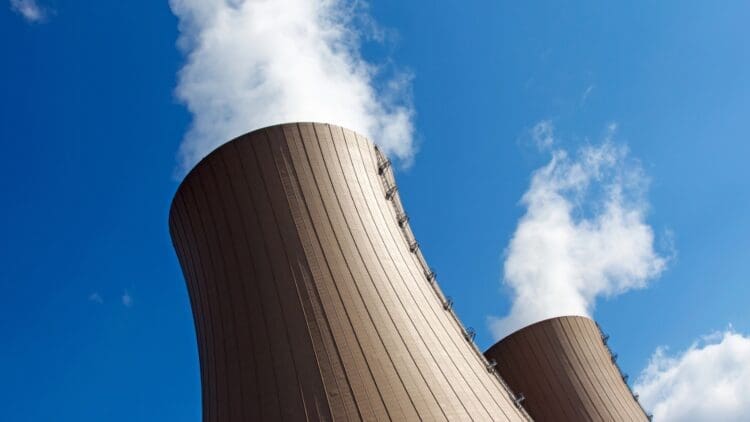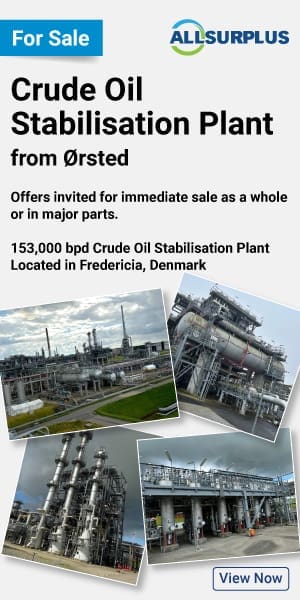China has announced the planned advancement of the Xuwei hybrid nuclear project. The nation has plans to construct several key projects that aim to alleviate the pressure on the environment by promoting the advancement of the renewable energy sector via a significantly large nuclear project. China has some of the worst air quality in the world, second only to India. One can understand that the unprecedented expansion of the Chinese economy through a variety of sectors has resulted in extreme air pollution in its biggest and most densely populated cities.
The China National Nuclear Corporation has big plans for the Xuwei site
In August of last year, China’s State Council gave its approval for 11 nuclear reactors, of which the Xuwei Phae 1 site was one. The site in Lianyungang, Jiangsu province, will feature two 1208 MWe (net) Hualong One units and one 660 MWe high-temperature gas-cooled reactor (HTGR). The Chinese government has awarded the contract for the construction of the three reactors that will comprise the first phase of the Xuwei nuclear power project.
China is among the worst polluters in the world, and as such, needs to invest significantly in the renewable energy sector in order to meet the ever-increasing energy demands while rolling back reliance on the fossil fuel sector. Beijing has some of the worst levels of air pollution anywhere in the world, no doubt due to the intense economic boom the country has experienced over the last thirty to forty years.
There is a clear and present need for the nation of China to innovate its energy sector, which, to its credit, has done so in a variety of ways.
“The impetus for nuclear power in China is due to air pollution from coal-fired plants, as well as climate commitments and energy security.” – the World Nuclear Association
The Xuwei site is a culmination of China’s new approach to the energy sector
The China National Nuclear Corporation, or CNNC, describes the project as “the world’s first dual-coupling demonstration project combining a third-generation nuclear PWR and a fourth-generation nuclear HTGR”. The site will feature a steam heat exchange station, which will implement the heat-to-electricity operation mode for the first time.
The Xuwei site will heat demineralised water by the primary steam of the Hualong One units to produce saturated steam, and the primary steam of the HTGR will be used to heat the saturated steam for the second time. The $594 million contract will enable Jiangsu Electric Power Construction No.3 Company to build the three conventional island power plants, their ancillary facilities, and the construction and installation of some ‘balance of plant’ components.
Once construction has been completed and operations begin, the site in Lianyungang will supply 32.5 million tonnes of industrial steam every year, with a maximum power generation of more than 11.5 billion kilowatt-hours, reducing the use of standard coal by 7.26 million tonnes as well as reducing carbon dioxide emissions by 19.6 million tonnes each year. The site represents the new approach to the nuclear sector being led by the two largest economies in the world.
China is leading the world in the implementation of innovative energy projects and initiatives
China is a major player in the BRICS coalition and is working hard to live up to the goals set out by the coalition in order to appease the global community and avoid any further tariffs. South Africa, which is also a BRICS member, recently unveiled its plans for a massive nuclear plant in the Western Cape. So the evidence would suggest that nuclear power usage is on the rise and will continue to grow for the foreseeable future. Once the site in China becomes operational, it will enable the nation to become a global leader in the energy sector once more.





